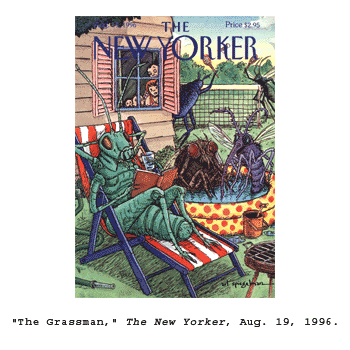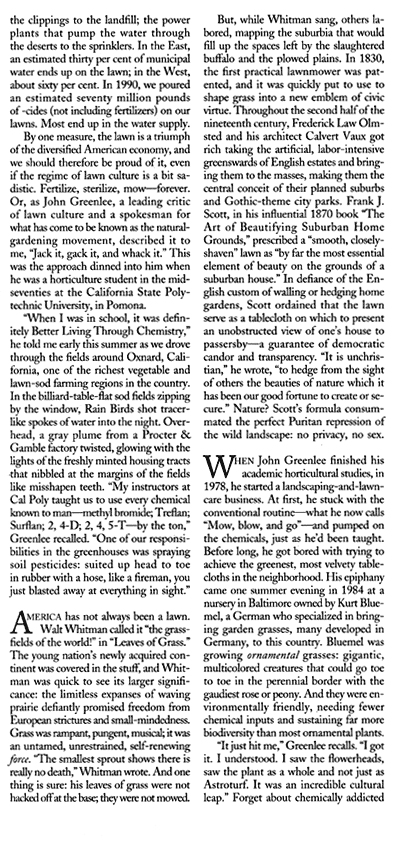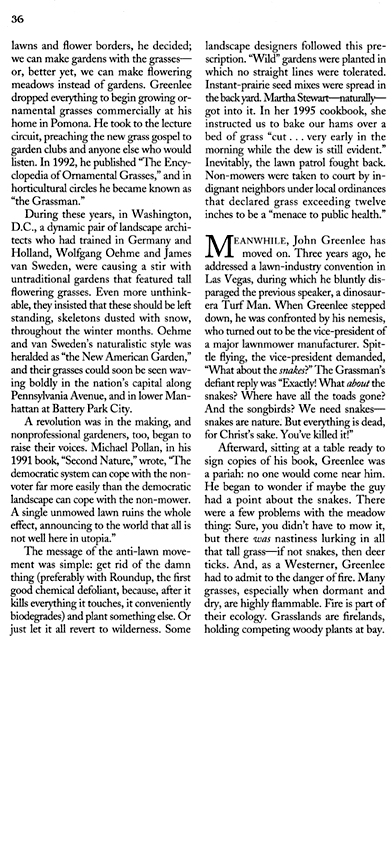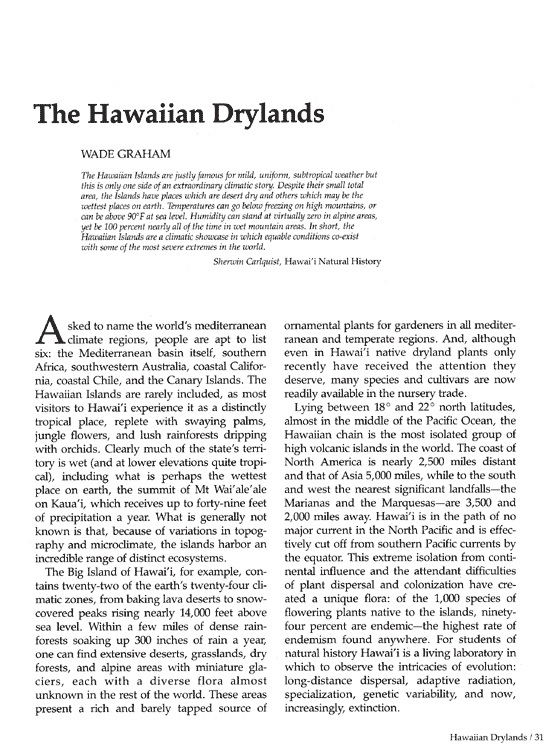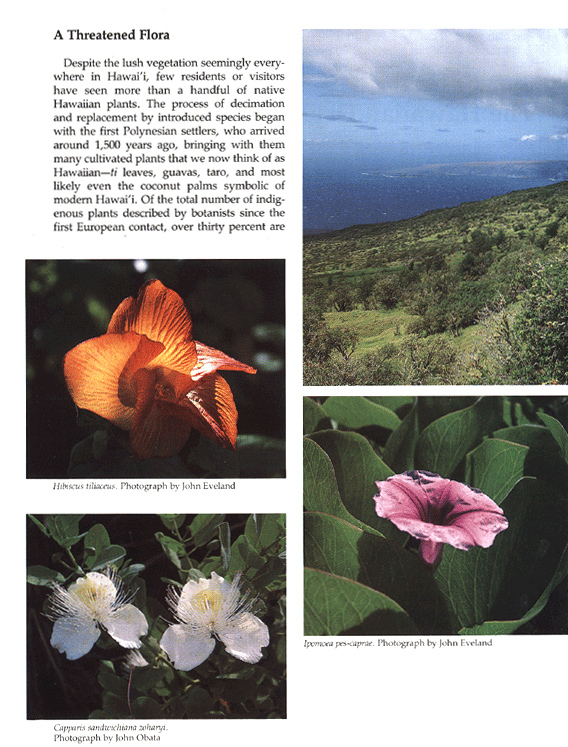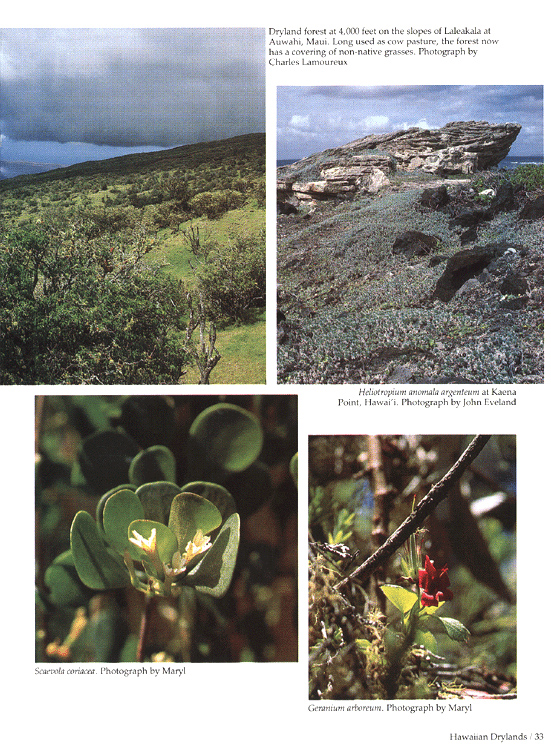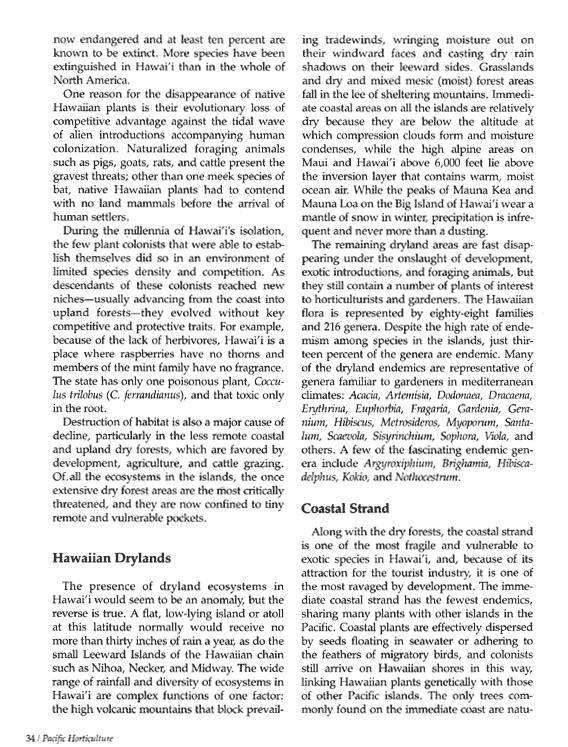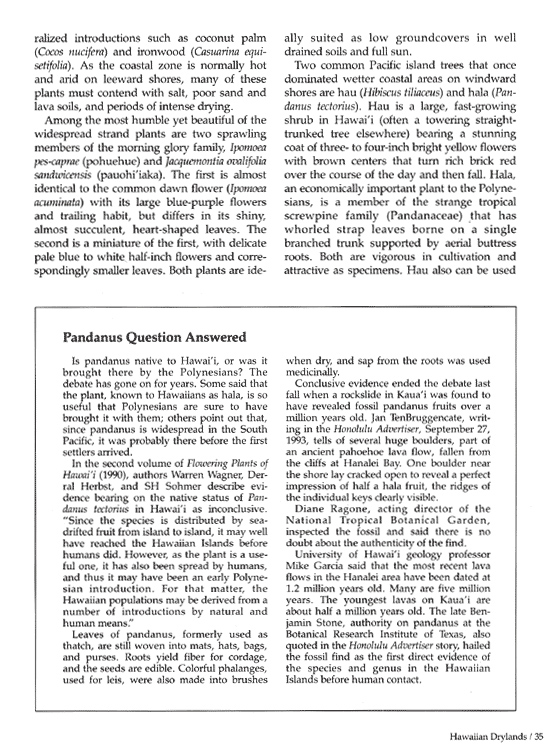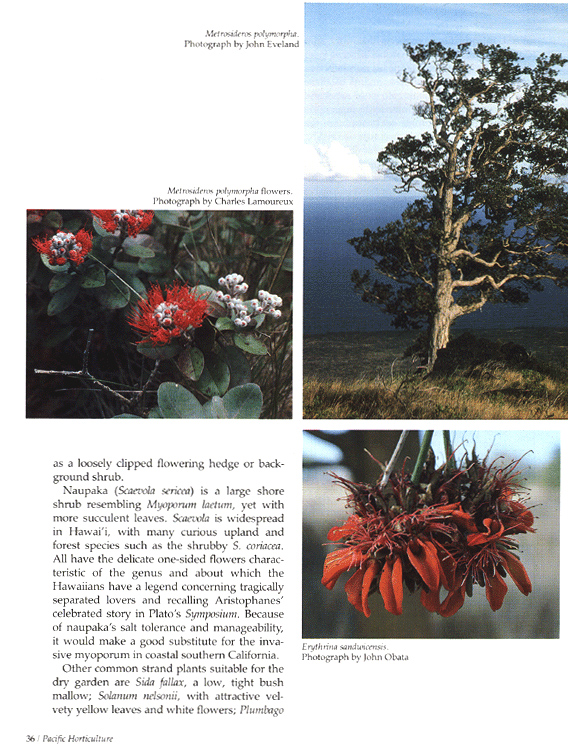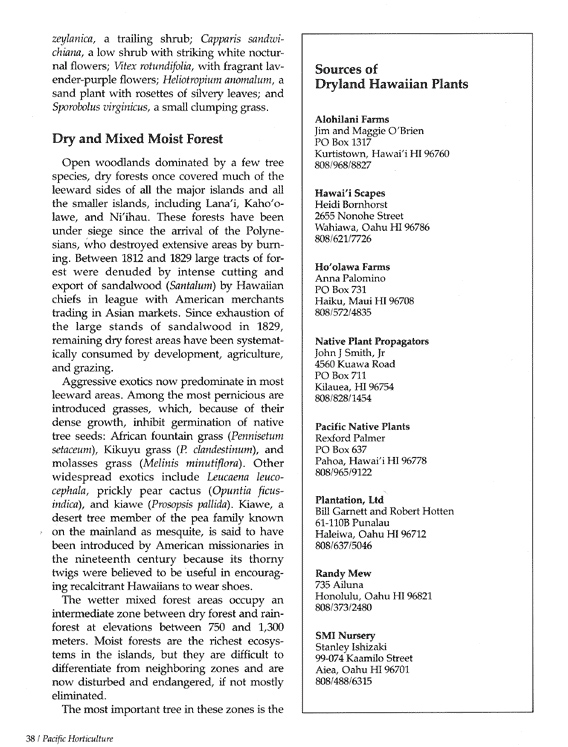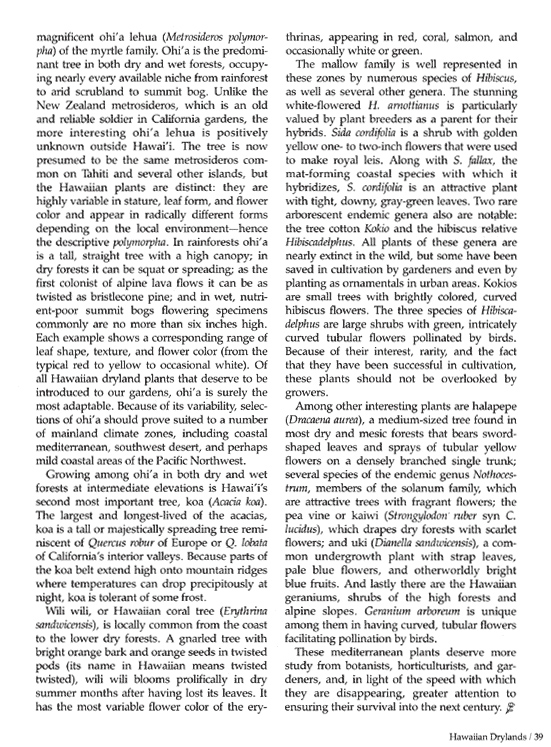French landscape firm Agence Ter has won a design competition to remake Pershing Square in downtown Los Angeles. (Pershing Square Renew)
Pershing Square's new design is flat and simple – and that's a good thing
by Wade Graham, May 13, 2016
On Thursday, Los Angeles got some good news. Pershing Square, the park at the heart of a revivifying downtown, has been handed over to Agence Ter, a French landscape architecture firm, for its next big makeover. The plan, which was chosen from among four finalists in the Pershing Square Renew design contest, won with a stratagem of simplicity and a modicum of good sense. It has at least a chance of re-establishing the five-acre square, bounded by Olive, Hill, 5th and 6th streets, as a great urban public space.
The odds weren't in the park's favor.
Long ago, Pershing Square (once known as Central Park and even earlier, Plaza Abaja, or lower plaza) was Los Angeles' premier civic gathering place, a grand city refuge. But in the 1950s it was remade as the lid of an underground parking garage. Then urban renewal widened its surrounding streets into raceways meant to move as many cars as possible away from downtown. Ever since, the park's been an arid and frustrating conundrum, cut off from potential users by walls, ramps and the massive one-way thoroughfares on its borders.
Attempts at remedying the square's ills in the 1980s and '90s proved unsatisfactory, leaving the city with the current arrangement of patchwork grass and pavement, punctuated with inexplicable architectural ornamentation: rows of standing pink stucco tubes, huge metal spheres placed here and there, and a strangely looming purple stucco tower.
In 2015, when Pershing Square Renew, a public-private partnership, announced its redesign competition, its first decision was a puzzling one. The competition wasn't open to all comers but instead cut straight to the stars: Only A-list architects and landscape designers were invited to enter, cutting down on the chances that a truly out-of-the-box solution to the park's problems would materialize.
Submitted “starchitect” resumes were whittled down to 10, and then to four finalists: James Corner Field Operations (designer of New York's High Line and Santa Monica's Tongva Park), working with local architect Frederick Fisher; Thom Mayne, of Morphosis, working with landscape architects SWA; wHY + Civitas, a joint effort of firms in L.A. and Denver, and Agence Ter, with its own cast of local supporting players.
What emerged was predictable: bright, shiny, starry sameness. All four park concepts were composed mostly of standard parts from the kit that defines today's “landscape urbanism.”
Even the winning Agence Ter design is busy, just not quite as busy as the other possibilities. They were all crammed full of what's known in the design business as “program, “ a nearly identical laundry lists of amenities: “flexible” spaces for farmers' markets, theater and music performances, cafes, dog runs, edible gardens and splashy fountains for kids. There were biomorphic canopy structures, plots of thatchy native plants, and themed nooks labeled to accommodate “tai chi,” “moonlight,” “sun” and even “thinking.” The three that were passed over also featured a passel of too-familiar design tics and gimmicks: oblique paths, squiggle shaped planting beds, built up berms and manufactured hills and valleys.
All four park concepts were composed mostly of standard parts from the kit that defines today's 'landscape urbanism.'
Sustainability was de rigeur: Several plans included rainwater harvesting for irrigation, which is a good idea. But water treatment wetlands, included by SWA/Morphosis and wHY + Civitas, are purely didactic exercises in infrastructure that ought to be left to the Department of Sanitation. Taken to an extreme, the green impulse yielded this absurdity: SWA/Morphosis' solar-powered hydroponic farm tower, meant to grow organic salad greens for an onsite restaurant and to provide “green” job training, making the square a “net-positive ecotopia” that would prove Los Angeles was a “global leader in green technology and sustainability.” That's design aimed at pleasing political impulses of the moment, not creating a park for the ages.
Worse, three of the four plans fundamentally failed to redeem the square from the Original Sin committed in 1951, when parking-lot access ramps and walls severed it from the city on all four sides. Each of these designs left one or more of the park's edges cut off from the street by a raised structure in order to accommodate access to the garage. The Corner/Fisher scheme was the biggest failure in this regard, almost entirely blocking access from 5th and 6th streets with two grass-covered slopes, their low points at the center of the park and their high sides looming over the sidewalks on the north and south sides of the park, creating a sort of tennis-stadium effect, where visitors would face inward, looking at each other, waiting for something to happen, instead of interacting with the neighborhood.
Agence Ter's plan succeeds because it is the least like a post post-modern amusement park. It is all on one level, connecting directly to slimmed-down and repaved streets (Olive is reduced from five lanes to three), and accommodating just two perpendicular driveways into the underground garage. Most of the square is left open, either studded with trees or as an unprogrammed Great Lawn. A block-long shade canopy extends along Hill Street, like a 19th-century open market, topped with solar panels, ready to shelter farmers' stands, restaurants, performances, or kiosks that pop up by design or happenstance.
This plan comes closest to realizing the holy grail of good public squares, which is providing people a place to stage their own programs, spontaneously and unpredictably, without micromanagement by designers. The best such spaces, such as the typical Italian piazza, may have nothing in them at all, just four streets edging a wide-open, shared commons, where life may play out according to its own plans.
Now the winning Pershing Square scheme has to navigate the journey from heavily photo-shopped architectural renderings to a real, built, physical space. If in that process the plan becomes even simpler, downtown Los Angeles will regain a dignified, functional and lovable public space at its pedestrian heart.
www.latimes.com/opinion/livable-city/la-oe-graham-pershing-square-redesign-20160515-story.html
Wade Graham is a Los Angeles landscape designer and author, mostly recently, of “Dream Cities: Seven Urban Ideas that Shape the World.”


















